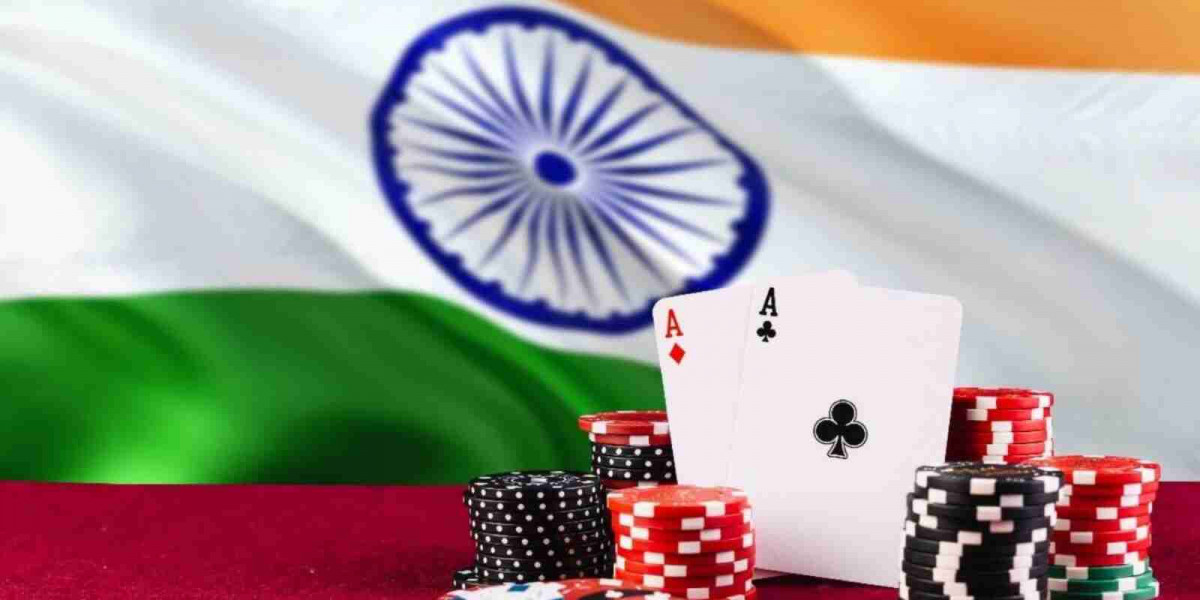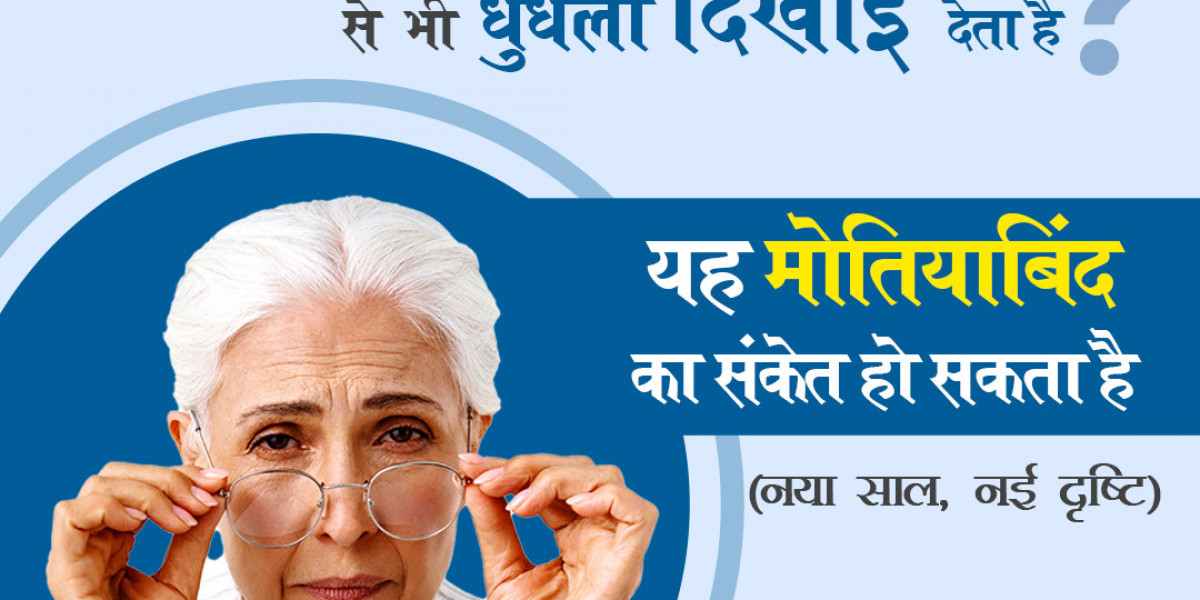India is a land of rich cultural diversity, and this extends to the world of card games as well. While games like Poker and Bridge are globally recognised, India has its own array of traditional card games that have been enjoyed for generations. Among these, Mendicot, Teen Patti, and Rummy stand out as some of the most popular. Though each of these games is unique in its gameplay and appeal, they share common roots in the rich tapestry of Indian social life. In this article, we will explore the differences between these three beloved Indian card games.
What is Mendicot?
Mendicot, also known as Mindi, is a classic Indian trick-taking game. Played with a standard deck of 52 cards, this game can accommodate anywhere from two to six players. The game revolves around collecting the most number of tens in a series of tricks. What makes Mendicot card game particularly interesting is its simplicity and the strategic depth it offers despite the straightforward rules. Unlike some other card games, Mendicot is often a team game, requiring coordination and communication between partners to secure victory.
Understanding Teen Patti: The Indian Version of Poker
Teen Patti, meaning "three cards" in Hindi, is a popular gambling game in India that bears some resemblance to Poker. The game typically involves 3-6 players and uses a standard 52-card deck, excluding the jokers. Each player is dealt three cards face down, and the game proceeds with players placing bets based on the strength of their hands.
The objective of Teen Patti is simple: to have the best three-card hand or to bluff your way to victory by making others fold. The ranking of hands is similar to that in Poker, with a "Trail" (three of a kind) being the highest-ranking hand, followed by a "Pure Sequence" (straight flush), and so on.
Teen Patti is a game of both skill and luck, requiring players to read their opponents, manage their bets, and sometimes, take risks. The game's popularity has even led to the development of numerous online versions, making it accessible to players worldwide.
Rummy: The Game of Matching Sets and Sequences
Rummy is another beloved card game in India, known for its simple rules yet challenging gameplay. The game is typically played by 2-6 players using one or two standard decks of 52 cards, along with jokers. The objective of Rummy is to form valid sets and sequences from the cards dealt to you.
In Rummy, a player wins by declaring their hand when they have formed at least two sequences, one of which must be a pure sequence (without jokers). The remaining cards should be arranged into valid sets or sequences. Unlike Mendicot and Teen Patti, Rummy is less about trick-taking or betting and more about skillfully arranging your cards into winning combinations.
Rummy is often seen as a game of skill, as it requires a good memory, careful planning, and the ability to anticipate your opponent's moves. Like Teen Patti, Rummy has also transitioned into the digital space, with various online platforms offering different versions of the game.
Comparing Mendicot, Teen Patti, and Rummy
While all three games—Mendicot, Teen Patti, and Rummy—are deeply rooted in Indian culture, they cater to different types of players. Mendicot is ideal for those who enjoy trick-taking games with a partner, focusing on strategy and communication. Teen Patti, on the other hand, is perfect for those who enjoy the thrill of betting and bluffing, similar to Poker. Lastly, Rummy is suited for players who appreciate a game that combines luck with skill, requiring careful planning and quick thinking.
Despite their differences, what unites these games is their ability to bring people together, whether in a social gathering or an online platform. Each game has its own charm and continues to be a staple of Indian card game culture.






